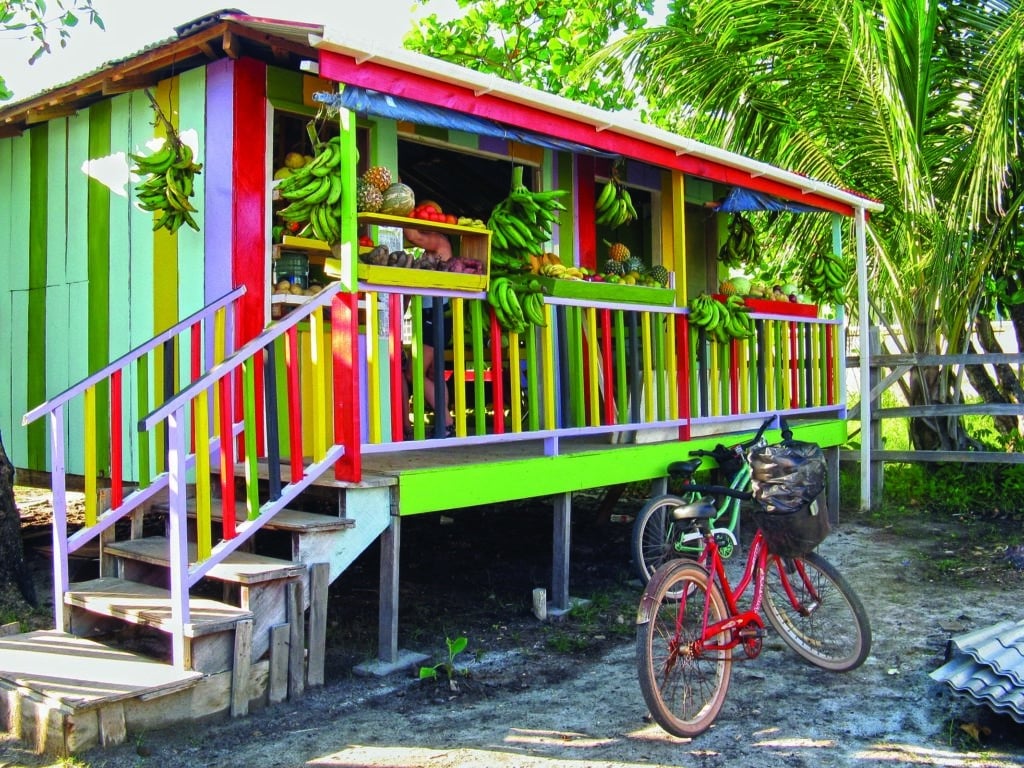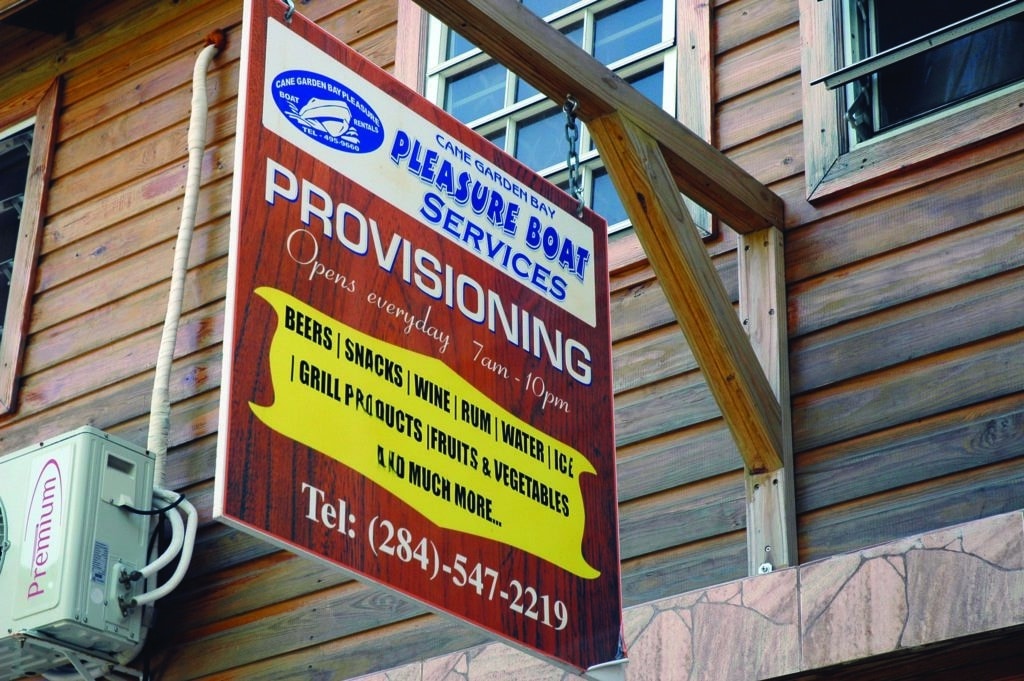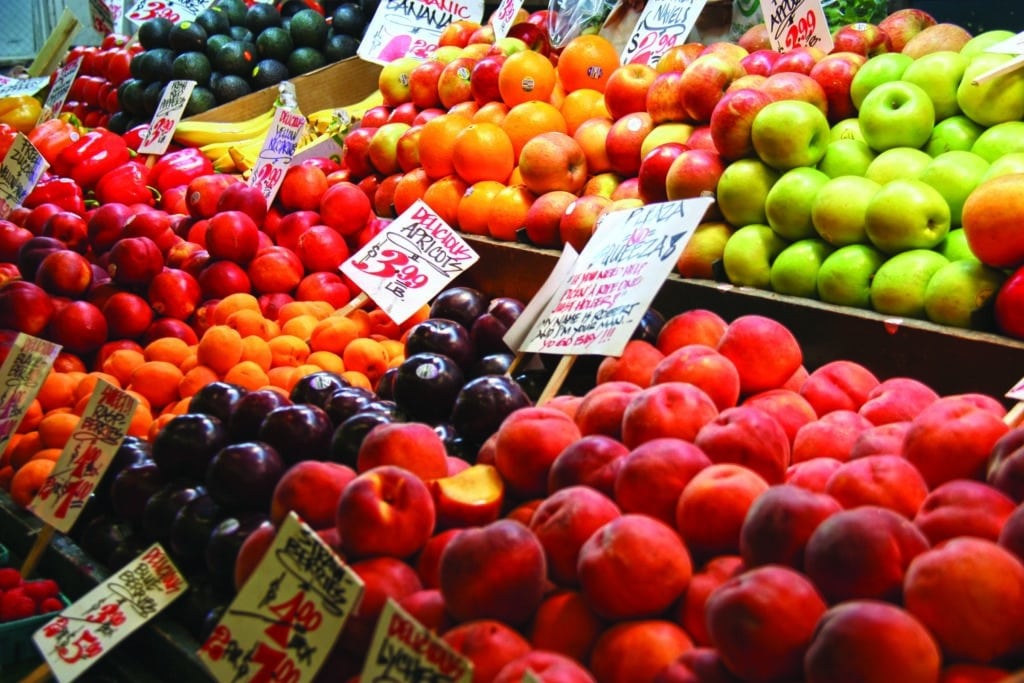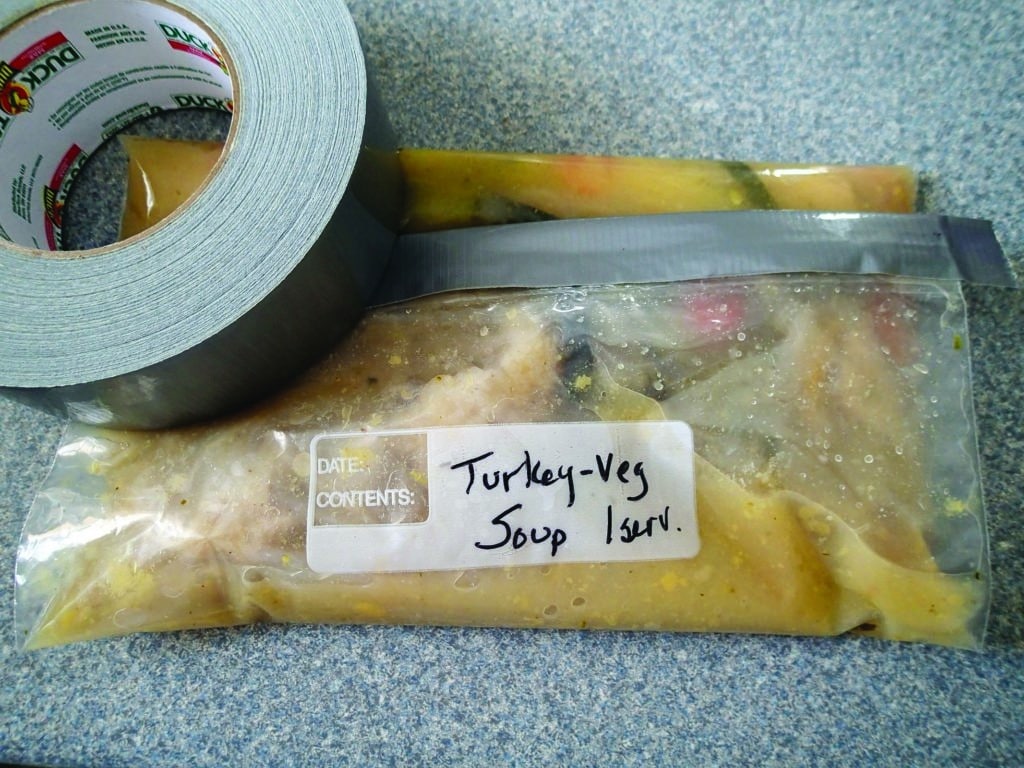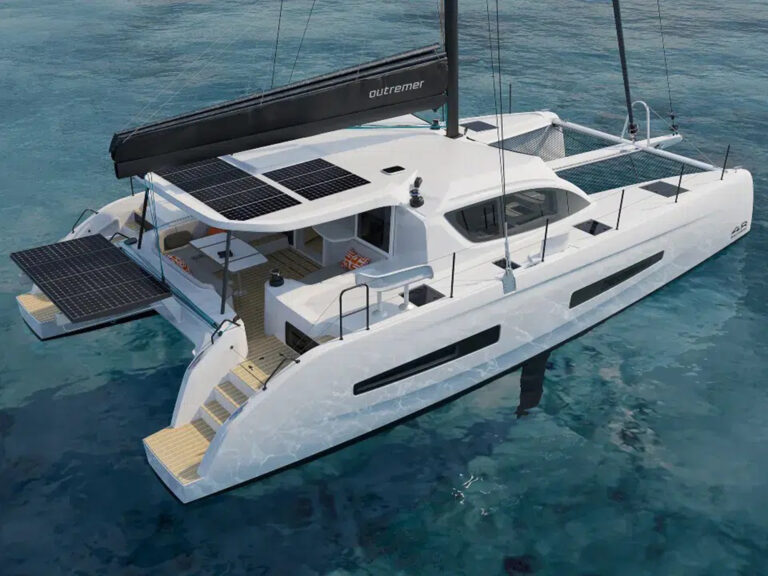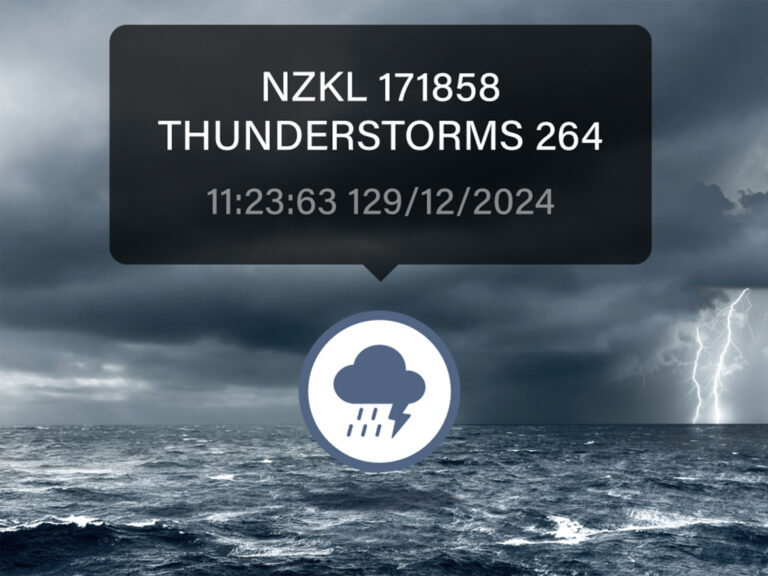Possibly you’ve cruised the Chesapeake and the Intracoastal Waterway. You anchored at night, maybe had a glass of wine before dinner, and slept well. But now you’re going to be in open ocean 24/7, until you reach your destination — Bermuda? The Caribbean? Hawaii? As someone who has “been there, done that” and spent the last 20-plus years teaching offshore cruising, I’d like to share some suggestions that should make the transition from coastal cruising to offshore voyaging safer, easier and more pleasant. As with pretty much any advice, modify these tips to fit your boat, experience and lifestyle. And to paraphrase an old scoutmaster of mine, “We’re not out here to rough it — it’s rough enough back there. We want to flourish!” The ideas presented here do not reflect the only “right” way to provision your boat, but they are time-tested and proven to work well.
Several factors will contribute to your provisioning decisions, including the length of the cruise, number of crew, refrigerator and freezer capacity, space available in other lockers, budget, and personal preferences of crewmembers. When you can, meet with all crew before shopping to find out what they’re really good at preparing or especially fond of eating at sea. It will boost morale and their appreciation of the whole experience. Check ahead of time about each crew’s religious or medical diet restrictions to save awkwardness later.
Plan to provision for a trip about 50 percent longer than the voyage is expected to take, to cover trip delays due to adverse weather, mechanical or rig breakdown, or other unforeseen circumstances. The last third of the provisions can be considered “emergency supplies,” and consist heavily of dry and canned goods — generally things that will keep a long time and still be useful past the end of the journey.
In recent years, camping-supply outlets like REI, Bass Pro Shops and Cabela’s have become good sources of tasty freeze-dried foods that are light, stow compactly and cook quickly. Some of the canned goods that work well as emergency rations — such as beef stew and hash — may also work well in really sloppy weather, when even heating something up is an accomplishment.
A good way to start the provisioning process (and shopping list) is to list main dinner dishes for the length of the anticipated cruise, and project from that. How much pasta will you need for two meals? How much hamburger will be required to add some to spaghetti sauce one night, have hamburgers another night, and make chili a third? How many nights do you want to have black beans, rice and sausage? You get the idea. Remember, it’s rare that everyone on the boat will appreciate really spicy food. Compromise. Breakfasts and lunches can be simple and repetitive, just as they are at home. Cereal, eggs, pancakes (buy the complete mixes that only need water), sandwiches and hot dogs are all fairly easy to prepare.
The time required for a recipe and the complexity of preparation are good attributes to remember when creating your meal plan. Generally, simpler and quicker is better, especially in challenging conditions. More elaborate meals are always appreciated when it’s calm. Soda, especially ginger ale, is often soothing to upset stomachs. Coke, 7UP and so forth also are enjoyed by most crews, with a mix of about one-third diet soda. Plan for about one can per day per person. You will also need milk for cereal and coffee. Fresh milk works well for the start of the trip, and UHT milk, which does not need refrigeration, will work for the remainder.
Fresh fruits and vegetables usually won’t last more than a week, although apples keep better than most fruit (especially when stored in a paper bag somewhere dark). When buying meat — hamburger, for example — get it wrapped in 1-pound packages, so only the amount you plan to cook needs to be taken out of the freezer to thaw.
When purchasing supplies, try to avoid glass containers: They’re a hazard and a mess if they break, and after the 2012 MARPOL updates, they are no longer legal to throw overboard (even offshore). Plastic wrappers and containers work well, but also cannot be disposed of overboard anywhere in the ocean, and become a burden in carried trash.
Keep in mind that boiling and frying are inherently dangerous at sea, with risks of scalds, burns and grease fires. They are best saved for settled weather if you have other options. If you wind up doing them in rough weather anyway, having the cook wear foul-weather bottoms reduces risk. While I am in the pro-galley-strap camp, this is a hotly contested issue, so you should do your own research to make an informed decision on whether to use one.
Many cruisers have found that using a pressure cooker (they raise the boiling temperature, and thereby cook things faster) saves on fuel and time, and has the added advantage of keeping food that’s cooking securely covered. In a seaway, that can help to prevent both messes and burns.
Stowage on boats is limited, so ensure that spaces are available for ship supplies, spares, tools, crew belongings and food. On offshore voyages, the forward head is often uncomfortable, and therefore better used for stowage than for elimination. Food is best stowed in main cabin spaces beneath and behind settees. Be sure to keep a list of what is put where, as nothing is more aggravating to off-watch, sleeping crew than people rummaging under them for things that are actually stowed somewhere else. Dry goods (cereal, pasta, cookies) should be stashed in higher, drier spaces. Canned goods can go in the lower, more-likely-to-get-damp spaces, and never on top of soft goods like bread. Open packages and snack items (hot chocolate, cereal, cookies, candy, nuts) ought to be where crew can get to them without disturbing others, especially at night. A cabinet near the stove works well.
Before leaving port, know that even people who have sailed inland waters for many years without getting seasick may succumb in open-ocean waves, where the motion of the boat can be very different. The sickness will pass, but medications can help to prevent or minimize it. Whatever you take (and that begs a whole different article) will work best if it’s in your system 12 or more hours before you get to open water.
If the very thought of eating is upsetting, know that fasting for a few days won’t hurt you, but becoming dehydrated will. Keep drinking water or Gatorade to stay healthy. Gatorade and other sports drinks are good for replacing salt lost to perspiration in warm weather, and especially effective for actively seasick crew, whose electrolyte balances can get out of whack. I usually buy enough of the powdered version (cheaper, and stows easier) to prepare at least a half-gallon per day for the boat. Don’t expect to get it all right. Depending on how the crew handle the weather (seasick crew don’t eat much), what their tastes and appetites are, how many fish you catch and eat, and whether the trip goes slower or faster than expected, you’re going to get some of the quantities wrong. In general, it’s better to have some food left over than to run out a few days before arriving, so you don’t make port looking and feeling like starving refugees.
Jack Morton’s sailing experience includes everything from cruising with his wife to skippering tall ships and research vessels. He teaches offshore voyaging for the Maryland School of Sailing on passages to and from Bermuda and the Caribbean. When not busy on teaching cruises, he does deliveries and paddles his kayak in Florida, where he lives with his family.
